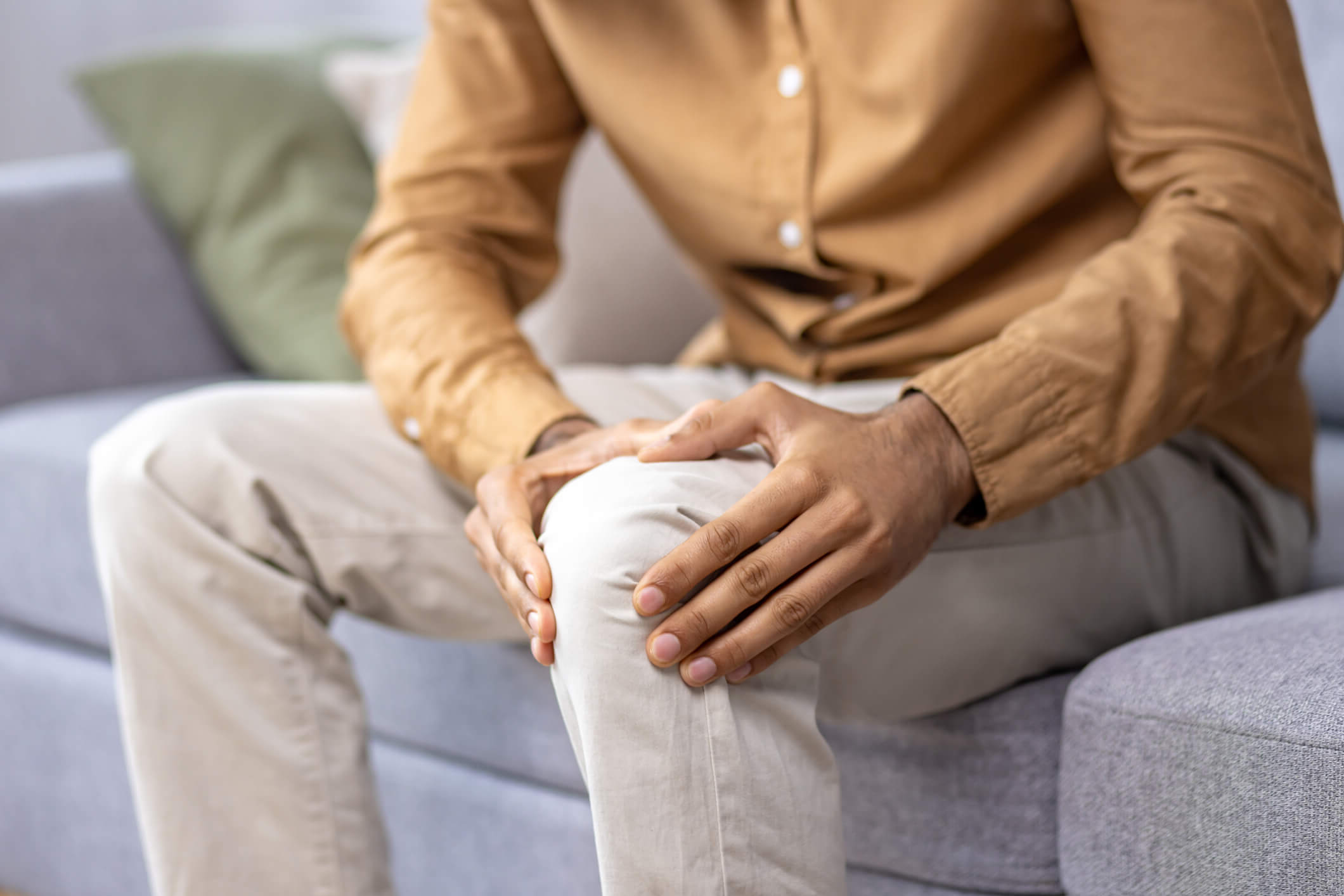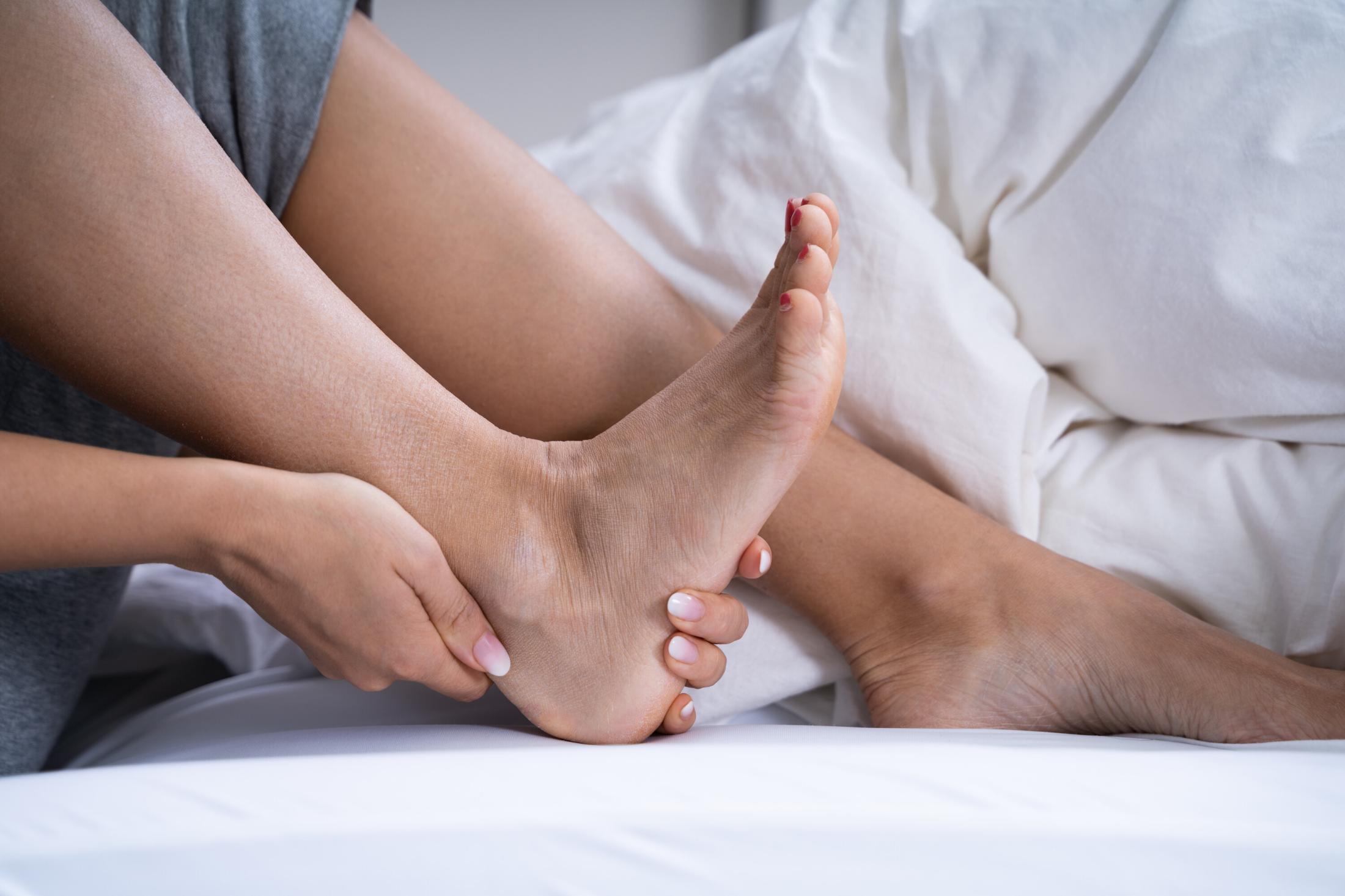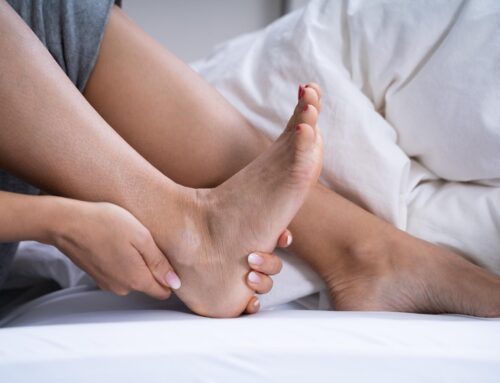Compression socks are more than just snug-fitting garments, they’re a trusted and widely used tool for managing leg discomfort, improving circulation, and preventing complications from poor blood flow. Whether you’re on your feet all day, recovering from surgery, dealing with swelling, or managing a chronic condition like varicose veins or lymphedema, the right pair of compression socks can make a noticeable difference. But how exactly do compression socks work?
With so many styles, pressure levels, and brands on the market, how do you know which ones are worth using, or which type is best suited to your needs?
How Compression Socks Work
At its core, the concept of compression revolves around applying a calculated amount of pressure to specific parts of the body. So, how does this relate to better circulation? When compression is applied, particularly on the lower legs, it acts as an external force that helps the veins push blood back towards the heart.
This combats the natural pull of gravity which can cause blood to pool, especially in the legs. The design of these socks isn’t arbitrary either. Embracing a gradient approach, compression socks exert stronger pressure at the ankle, with the intensity gradually lessening as it moves up towards the calf and knee. This design ensures that blood moves upwards more effectively, facilitating optimal blood flow.
Benefits Beyond Circulation
While enhancing blood circulation is a primary function, the wonders of compression socks don’t stop there. By improving circulation, they indirectly prevents blood from stagnating and pooling in the legs, a condition that could lead to clot formation. Blood clots can be dangerous and lead to serious health issues like deep vein thrombosis.
Additionally, by ensuring that blood doesn’t accumulate in the legs, compression socks work to significantly alleviate symptoms like pain and swelling. For individuals with conditions like edema or for those who spend extended periods on their feet, these socks can be a true game-changer in terms of comfort and overall leg health.
Compression Socks Compression Levels
Compression socks come in different pressure levels, and not all are suitable for every situation. Understanding how of compression socks work is important when choosing the right pair for your specific needs.
- Mild Compression
These socks offer the least pressure, often falling within the 8-15 mmHg range. Best suited for those who are just beginning to explore how compression socks work or for individuals who need slight relief from minor leg swelling or fatigue. - Moderate Compression
Typically ranging from 15-20 mmHg, moderate compression socks strike a balance between comfort and therapeutic benefit. Often recommended for travelers to prevent deep vein thrombosis during long flights, or for those who spend many hours on their feet each day. - Firm Compression
With pressure levels often between 20-30 mmHg or even higher, firm compression socks offer significant relief from moderate to severe leg swelling, varicose veins, and other more serious circulatory problems. Should generally be worn under medical recommendation, ensuring they’re appropriate for the individual’s condition.
Practical Applications
Compression socks, with their wide-ranging benefits, have permeated various aspects of our lives. From enhancing athletic prowess to aiding medical recovery, their adaptability is what has skyrocketed their popularity.
Everyday Use vs. Medical Necessity
- Athletic Performance Enhancement
- Athletes, whether amateur or professional, often turn to compression socks to give them an edge in their sport. These socks boost blood circulation, facilitating quicker oxygen delivery to muscles, which can lead to enhanced performance and reduced fatigue.
- Post-workout, athletes might don compression socks to aid in muscle recovery. They help in reducing muscle soreness and lactic acid build-up, which can speed up recovery times and get athletes back in the game faster.
- Post-Surgery Recovery and Edema Reduction
- After certain surgeries, especially those involving the legs or lower body, patients might experience swelling or edema. Here, compression socks work wonders by applying consistent pressure, thereby reducing the swelling and promoting faster healing.
- They are also vital in preventing post-operative blood clots, ensuring that blood circulates efficiently when the patient might not be as mobile.
- Varicose Veins and Other Vascular Conditions
- Varicose veins, characterized by bulging, bluish veins, can be both a cosmetic concern and a painful medical issue. Compression socks aid in alleviating the discomfort by promoting blood flow from the legs back to the heart, preventing blood from pooling in the veins.
- For individuals with conditions like deep vein thrombosis or chronic venous insufficiency, compression socks act as a preventive measure against potential complications.
In all these scenarios, the key is to select the right type of compression sock, considering factors like the degree of compression, material, and fit. Whether for everyday use or medical necessity, these socks promise enhanced comfort and health benefits.
Caring for Your Compression Socks
Just like any other garment with a functional purpose, compression socks require particular care to maintain their efficacy and extend their lifespan. Whether you’re using them for athletic enhancement, medical reasons, or daily comfort, ensuring they are well-maintained will maximize the benefits they provide.
Ensuring Longevity and Effectiveness
- Proper Washing
- Hand washing is often the best method. Use lukewarm water and a mild detergent. Gently rub the socks, avoiding excessive stretching or wringing, which could damage the fibers and affect the compression levels.
- If using a washing machine, place the socks in a mesh laundry bag. Opt for a gentle cycle with cold water, and again, use a mild detergent.
- Proper Drying
- Instead of wringing them out, gently press the socks between towels to remove excess water.
- Hang them up to air dry. Avoid direct sunlight, which might degrade the elastic fibers. Refrain from using a dryer, as the heat can also weaken the material and reduce the sock’s compression capability.
- When to Replace Your Socks
- Over time, even with diligent care, compression socks will naturally lose their elasticity. This wear and tear can reduce their effectiveness.
- On average, after about 3-6 months of regular wear, it’s a good idea to consider a replacement. However, this timeframe can vary based on the brand, material, and how often they’re worn and washed.
- Signs that it’s time for a new pair include visible wear or thinning, reduced elasticity, or a noticeable decrease in compression.
Although these socks are sturdy and designed for consistent wear, they’re not immune to the wear and tear of daily life. By taking steps to care for them properly, you’re not just prolonging their life but ensuring they continue to provide the optimal compression benefits they were designed for.
How Compression Socks Work and When to Use Them
The best compression socks for you will depend on your needs, whether it’s for managing swelling, improving circulation, or supporting recovery after surgery or injury. Consider factors like compression level (measured in mmHg), length (knee-high, thigh-high, full), and material when selecting the right pair.
- Considering Material
- Compression socks come in a range of materials from synthetic blends to natural fibers. Each has its unique benefits. For example, nylon or spandex provides excellent elasticity and firm compression, while cotton offers breathability. Some blends combine the best of both worlds. For those who sweat a lot, moisture-wicking materials can help keep feet dry and comfortable.
- Contemplating Length
- Knee-high, thigh-high, or full-length? The correct length depends on your specific requirements. For instance, knee-high socks often suffice for athletes or those with mild swelling, while individuals with conditions affecting the entire leg might benefit more from thigh-high or full-length variations.
- Focusing on Fit
- A snug fit is important for effective compression. Too tight might restrict blood flow, while too loose won’t offer the desired compression benefits. Use sizing charts and, when in doubt, try on multiple sizes to find the best fit.
- Consulting a Professional for Specialized Needs
- For specific medical conditions or unique requirements, seeking advice from a healthcare professional is important. They can provide guidance on the appropriate compression level, type, and fit tailored to your individual needs.
Compression socks bridge the gap between medical necessity and daily comfort, enhancing athletic performance, aiding recovery, and ensuring day-long ease for many.
Contact Care-Med and discover a world of superior support with medical-grade compression stockings and socks.
Share This Story, Choose Your Platform!
Table of Contents
We specialize in orthotics, body braces, and compression wear tailored to your unique needs in Toronto. Reach out to us at info@caremed.care or call 416-782-5353 to book your fitting and consultation.
Experience the difference of customized solutions designed just for you.











